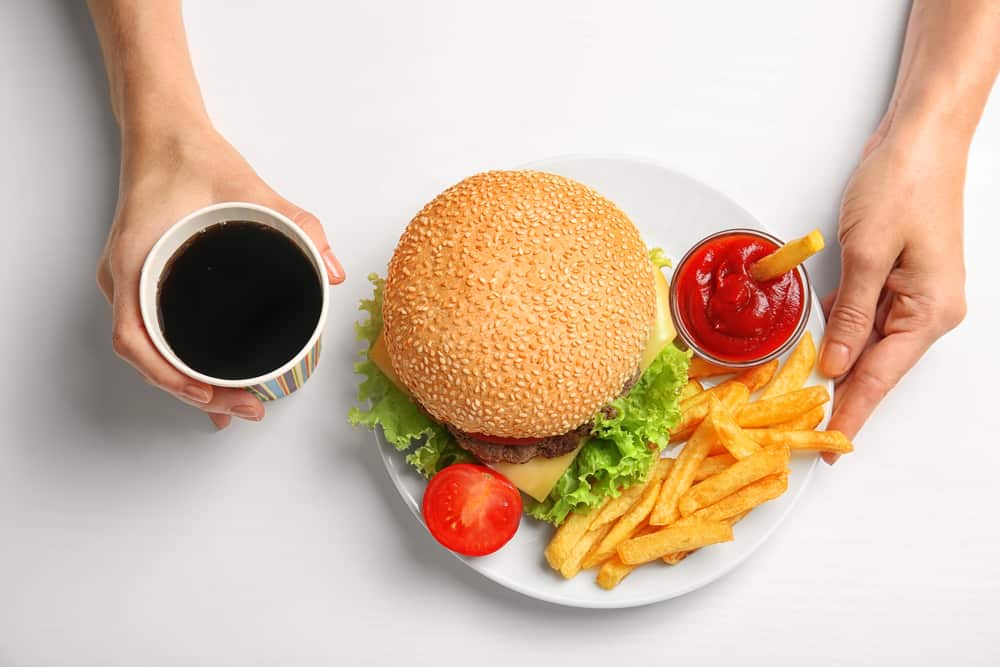
The U.S. restaurant industry has witnessed an increasing number of bankruptcies over the last few years, including veritable restaurant chains like Bertucci’s, Real Mex Restaurants, Logan’s Roadhouse, Romano’s Macaroni Grill and Ruby’s Diner among several others. While some of these chains are still in operation, one reason for restaurant bankruptcies and closures is a dwindling number of diners. However, there is more to this than what meets the eye.
To understand why there are fewer patrons of food chains than in the past, it is essential to look into consumers’ changing preferences and the landscape of food delivery, which has had explosive growth in recent years.
For many decades in the U.S., fast food and restaurant chains have banked on marketing their brand on television and in print media, attracting consumers who were enamored by the advertisements that sold them on either cheap or tasty (or both) food. But now, a growing percentage of the population is more conscious of what they eat, including its nutritional value and the freshness of the food.
That apart, the advent of social media has also led to smaller restaurants (with smaller marketing budgets) taking on their bigger rivals by tailoring their advertisements to specific parts of the community and/or targeting population segments that will most likely end up at their tables.
However, the biggest disrupter to the businesses of well-established market incumbents is the limitless possibilities of food delivery and the evolution of last-mile logistics to handle high volumes with precision and quick delivery times.
Food delivery is still an underrated part of the restaurant business, and food chains that do not adapt to the preferences of their consumers will eventually pay for their inattention. Restaurants in the U.S. can learn from their counterparts in India, where restaurants are quickly learning to incorporate food delivery into their mainstream operations.
Restaurants across India’s major cities understood that the local population was either too busy to dine out or were exhausted by the end of the day, and thus were likely to order food online rather than dining out. This situation prompted the rise of logistics food delivery services like Swiggy, Zomato, Foodpanda and Uber Eats – all of which are now unicorn companies (start-ups that are worth $1 billion or more).
These last-mile delivery companies promise to deliver food in around 30 minutes while also offering the Indian consumers attractive discounts – sometimes up to 50 percent – that further reduce costs associated with dining out in restaurants. However, rather than harming restaurants, this has revitalized many of them, as restaurant management quickly changed strategies to concentrate on getting more consumers of delivery meals than on getting people to their tables.
Thousands of restaurants have begun in India that run on skeletal budgets, staffed with cooks and a place for picking up food parcels for delivery. Businesses have realized that by reducing investment in real estate – which is expensive in cities – and channeling their resources to delivery, they could scale up their operations and actually increase revenue.
In regard to existing restaurant storefronts, the strategy has been about creating a “dining experience” rather than about the food itself. Themed restaurants are in vogue, with consumers lured to dine at restaurants that boast interiors that resemble the savannah grasslands, Middle Age houses and even penitentiaries.
Nonetheless, the food delivery ecosystem is more sustainable than brick-and-mortar restaurants, for the same reasons that e-commerce can often sustain itself better than retail storefronts – economies of scale and eliminating the middlemen.
Food delivery companies have millions in funding and can operate at a level that is more efficient than individual restaurants ever could, and also since it figuratively connects the cooks with the consumers, it is more cost-effective. In addition, gig economies like on-demand food delivery generate more jobs for people willing to work as independent contractors on the last-mile delivery – just as Uber or Lyft do in the cab-hailing market.
The rise of the food delivery ecosystem sends a clear signal to restaurants that hope to persist serving their customers only at their tables – they can either adapt to the times or perhaps perish.










